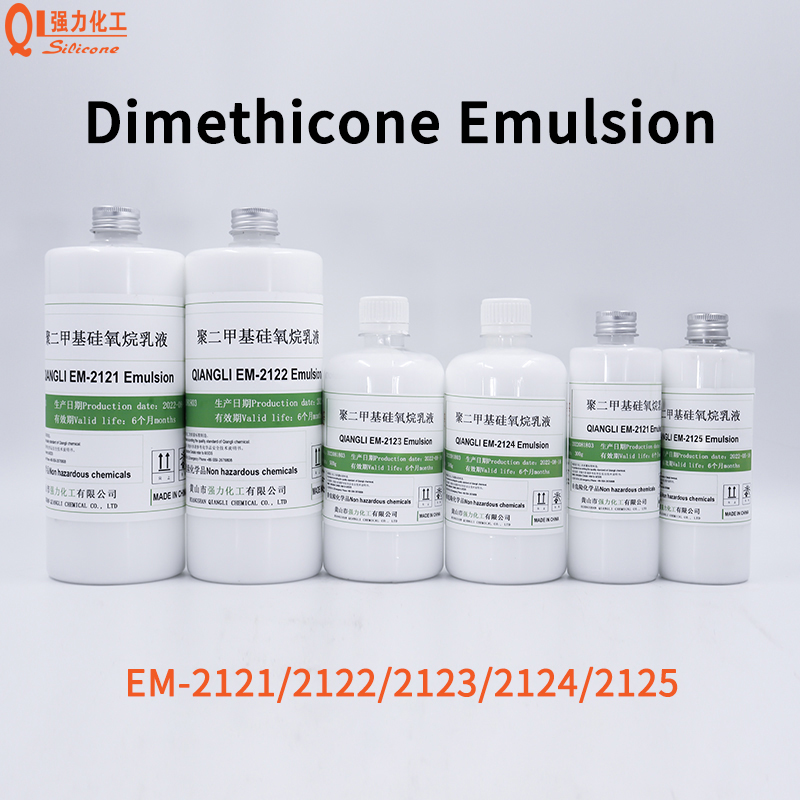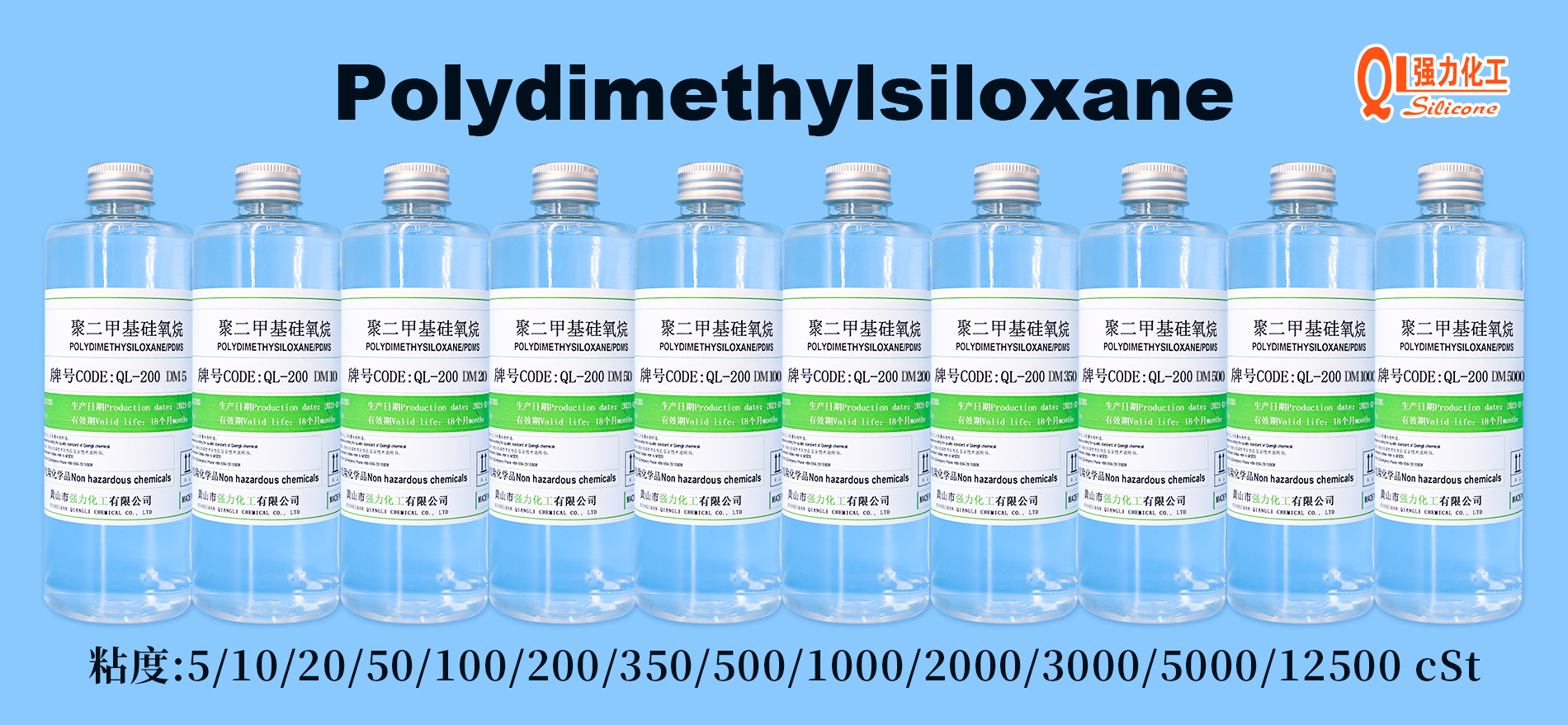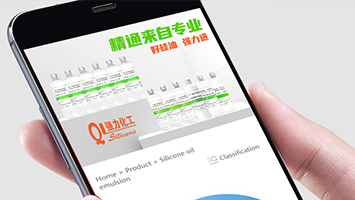Reasons for food foaming: Food foaming is related to stirring and ventilation. Another reason is that food contains a large amount of protein raw materials, such as peptone, corn syrup, soybean flour, and yeast powder, which are easy to produce foam.

1. Foam will affect the taste of food.
2. Too much foam will easily overflow, resulting in a waste of materials and increasing the chance of bacterial contamination.
3. In severe cases, the respiration of the bacterial cells will be hindered, leading to the destruction of the bacterial cells.
4. Excessive foam will lead to reduced filling during canning.
There are indeed many problems in food production. For example, a large amount of foam is generated during juice processing, and the same problem exists during filling. If it is filled once, it will definitely not be filled. If it is filled many times, firstly, it will increase the machine operation and increase the production cost; secondly, the foam will overflow to the mouth and body of the bottle, which may cause mold contamination, thus affecting the quality of the bottle. Quality of products.
Another example, one step in the process of making tofu is to boil soy milk. Soy milk contains a lot of protein and some saponins. They all have surface activity and can form a large amount of foam during heating and stirring. Soy milk contains quite a lot of protease inhibitors. If it does not lose its activity, it will inhibit the activity of protease and affect the body's digestion and absorption of protein. Saponins have a bitter and astringent taste, and high levels can cause nausea and vomiting. The temperature at which a large amount of foam is formed is only about 70 or 80 degrees, which is not high enough to inactivate protease inhibitors and saponins. If the foam is not defoamed, the production of a large amount of foam will make it difficult for the temperature to continue to rise. Therefore, defoaming is an unavoidable operation.
To sum up, it can be said that the foam generated during production not only affects the smooth progress of industrial production, but also affects the quality of the product. In addition, it will reduce the use area of the equipment and increase the consumption of processing time.
There are two methods to eliminate foam: mechanical defoaming and chemical defoaming. Mechanical defoaming refers to breaking the foam with the help of mechanical force or using pressure to rupture the foam. This method does not require the addition of additional substances, saves raw materials, and reduces There is a possibility of contamination of chemical reagents, but this method requires certain equipment and power, and cannot fundamentally eliminate the factors that cause foam. Chemical defoaming means adding a defoaming agent. Compared with mechanical defoaming, this method saves time, effort, small investment and quick results.

The reasons why the food processing industry prefers silicone defoamer may be due to the following reasons:
Efficient defoaming ability: Silicone defoaming agent can quickly destroy the foam film to achieve rapid defoaming and foam suppression effects. During food processing, such as baking, brewing, etc., the generation of foam may affect product quality. The use of silicone defoamer can effectively avoid this problem.
Wide range of applications: Silicone defoaming agents are not only suitable for chemical production, but also widely used in the food processing industry, such as dairy products, beverages, chocolate making and other fields.
Good chemical stability: Silicone defoamer has good chemical stability at room temperature and does not easily react with other substances, which helps maintain the quality and safety of food.
Strong adaptability: Even under high temperatures or other harsh process conditions, silicone defoaming agents can maintain a certain defoaming effect. Although stratification may occur at high temperatures, they can still meet production needs under certain conditions.
High safety: Under reasonable use conditions, silicone defoamer is considered safe. Its application in food processing requires compliance with relevant production specifications and standards to ensure product quality and safety.
Improve production efficiency: By preventing foam overflow, silicone defoamer can improve production efficiency and reduce downtime during the production process, thereby reducing production costs.
Improve product quality: During food processing, excessive foam may affect the taste, appearance and packaging quality of the product. Using silicone defoamers can help improve the quality of your final product.
Easy to use and control: The dosage of silicone defoamer can usually be adjusted as needed to achieve optimal results in different processes.
Environmental friendliness: Compared with traditional mineral oil and polyether defoaming agents, silicone defoaming agents generally have better biodegradability and environmental compatibility.
Economic benefits: Although the initial cost of silicone defoamer may be relatively high, due to its high efficiency and ability to improve production processes, it can bring significant economic benefits to enterprises in the long run.
In summary, silicone defoaming agents have become the first choice in the food processing industry due to their efficient defoaming capabilities, wide range of applications, good chemical stability, strong adaptability, high safety and improved production efficiency. Foaming agent. The correct use of silicone defoamers can help food processing companies improve product quality, optimize production processes, and ensure food safety for consumers.




